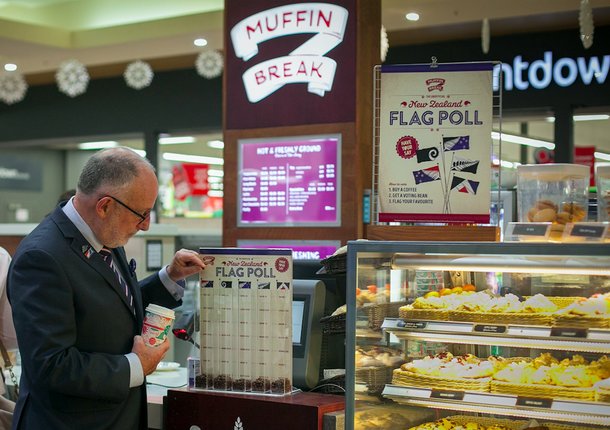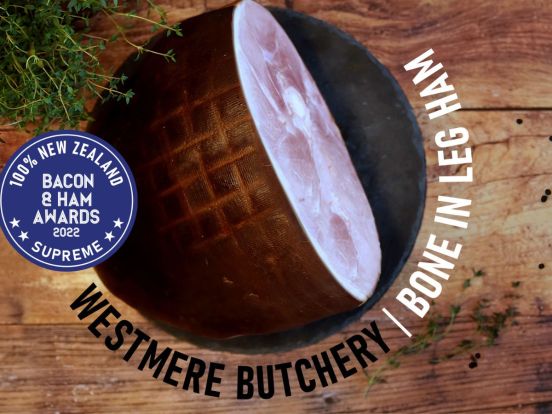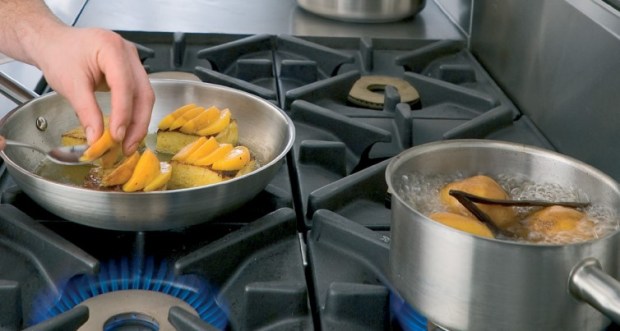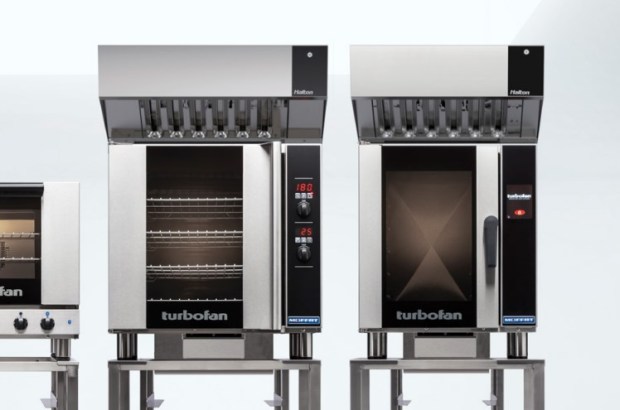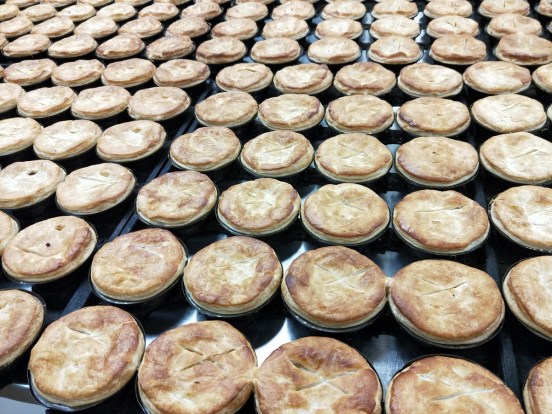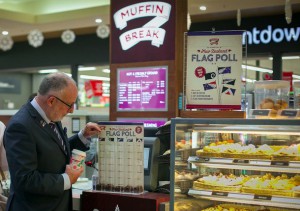 Kiwi coffee drinkers have a mind of their own if the results from Muffin Break’s flag bean poll are anything to go by. Kyle Lockwood’s red and blue silver fern design is the preferred design of Muffin Break customers who took part in the bakery café’s café bakery’s coffee bean survey. In the national referendum to decide a challenger to the existing New Zealand flag, Lockwood’s other design – black and blue silver fern design – came out on top.
Kiwi coffee drinkers have a mind of their own if the results from Muffin Break’s flag bean poll are anything to go by. Kyle Lockwood’s red and blue silver fern design is the preferred design of Muffin Break customers who took part in the bakery café’s café bakery’s coffee bean survey. In the national referendum to decide a challenger to the existing New Zealand flag, Lockwood’s other design – black and blue silver fern design – came out on top.
Muffin Break asked coffee fans which of the flags they wanted to go head-to-head with our existing ensign with every customer who bought a coffee at Muffin Break until 11 December eligible. Patrons received a single bean with their coffees, which they dropped in to a store ‘ballot box’ according to their preferred flag.
Nationally, bean poll voters preferred the red and blue silver fern by 42 per cent to 32 per cent for Lockwood’s alternative design. In the national referendum the vote was a lot closer with a difference of only 1.6 per cent between the two once all other contenders had been eliminated.
Muffin Break customers ranked the ‘red peak’ in third place (11.2 per cent) closely followed by the black and white silver fern at 10.9 per cent with Koru gaining only four per cent of the average vote.
Generally South Island voters were consistently more supportive of the red and blue silver fern than their North Island counterparts with five per cent more southerners opting for it on average.
The Koru found good support in Hamilton as did the black and white silver fern while red peak’s popularity was spread fairly wide in Auckland, Wellington and the North and South Islands.
The bean poll was installed in all 43 Muffin Break stores nationwide and voting took place between 27 November and 11 December.
Guides Explore 150 years of history at iconic hotel in Sri Lanka
After completing a landmark restoration of its historic North Wing, Sri Lanka’s Galle Face Hotel is launching history tours this month for in-house guests. The half-hour tour unveils hidden art from a famous painter, ushers guests into storied spaces not normally open to guests, and shares numerous tales of famous visitors.
Four British entrepreneurs opened the hotel in 1864, positioning the hotel as a pivotal player in Sri Lanka’s history. “Over the last century and a half we have been the setting for historic events, both in fiction and in real life, hosted numerous famous visitors from royalty to movie stars, and we have more than our fair share of stories to tell,” said Antony Paton, the hotel’s general manager. “These tours are designed to share those stories and give guests a taste of old Ceylon and the hotel.”
The guided tour takes in a number of hotel highlights, including an on-site museum displaying Prince Philip’s first personal car, a 1935 model Standard Nine that he bought for £12 when he was stationed in Ceylon. A cannonball from 1845 that misfired during artillery practice and crashed into the hotel (at what was then a boarding house) is also on display in the museum. Each year in March the hotel hosts the Cannonball Run along the Galle Face Green to commemorate the incident.
As well, the tour takes a peek at spaces not normally open to the public. What is currently the chairman’s office, was once the room where Arthur C. Clarke penned the final chapters of 3001: The Final Odyssey. Half finished wall murals from Russian painter Alexander Sofronoff are tucked away there.
The tour comes to an end at the Grand Ballroom, the hotel’s original ballroom, and once the city’s most happening party spot. Many revellers missed their ships due to over-the-top events there and in WWII the parties were said to be so loud they drowned out the air raid sirens. In the 1950s and 1960s the Jubilee ballroom, next to the Grand Ballroom, was known as the Coconut Grove and was where Mignonne Fernando and her band The Jetliners got their big break.


